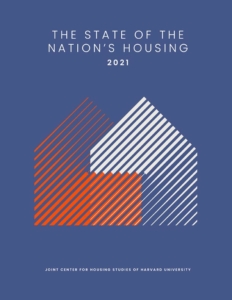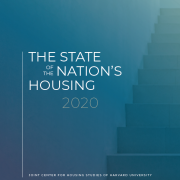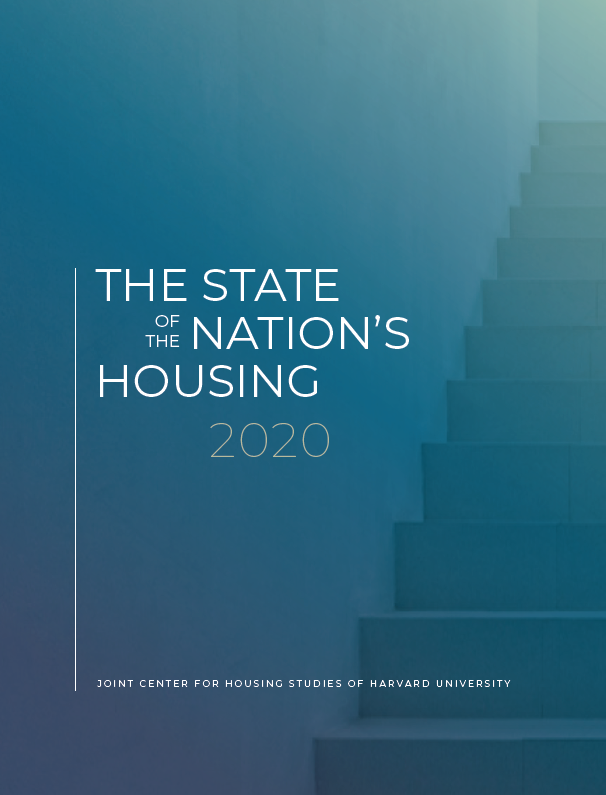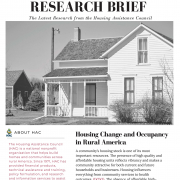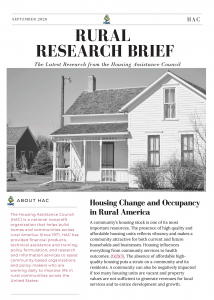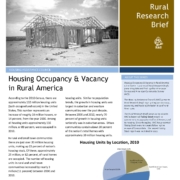HAC’s Research Director Testifies to Senate Banking Committee on the State of Housing 2023
HAC was deeply honored by an invitation to testify at the first hearing held in the new 118th Congress by the Senate Banking, Housing, and Urban Affairs Committee. Titled The State of Housing 2023, the session featured Lance George, HAC’s Director of Research and Information, as one of three witnesses. A wide range of topics was covered by the witnesses’ testimony and the Senators’ questions. Among the key areas of concern were the gap between housing supply and need, the high cost of both homeownership and rental housing, and what congressional actions could address these challenges. Committee Chair Sherrod Brown (D-Ohio) asked specifically about the loss of rentals financed by USDA’s Section 515 program, a serious concern addressed by HAC research in 2016 and 2022. Lance’s statement made five key points about the state of rural housing in 2023: Key policy recommendations, based on HAC’s full set of policy priorities for 2023, included:Key Takeaways

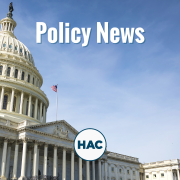

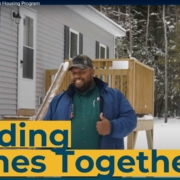
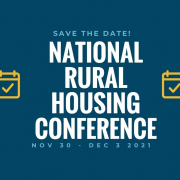
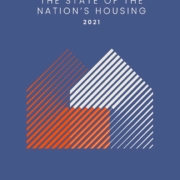 Harvard Joint Center for Housing Studies
Harvard Joint Center for Housing Studies